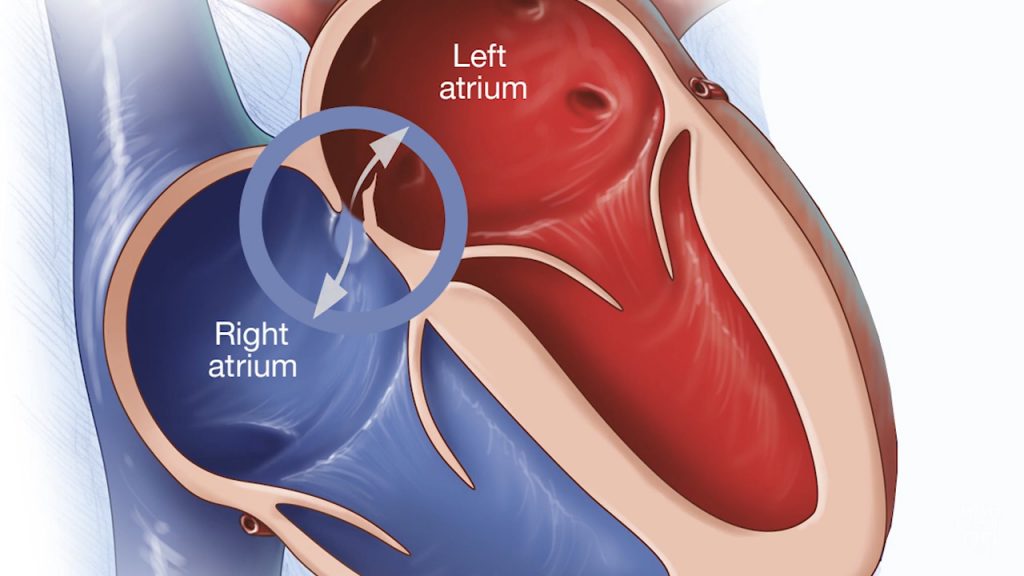-
Mayo Clinic Q and A: Treatment for patent foramen ovale
DEAR MAYO CLINIC: I'm 36 and do not have any significant medical concerns, but due to a family member's heart health issues, it was recommended I have a cardiac evaluation. After undergoing an echocardiogram, I was surprised to be told that I have a patent foramen ovale. The cardiologist said I don't need to be treated for it, but I'm still worried. Does this heart defect put me at risk for health problems? When is treatment for a patent foramen ovale necessary?
ANSWER: It can be unnerving to learn you have a heart defect, but the advice your cardiologist gave you is sound. In most cases, no treatment is necessary for a patent foramen ovale, which is sometimes called a PFO.
A patent foramen ovale is an opening between the two upper chambers of the heart that did not close completely after birth. As a fetus develops, there is a small oval flap, called the foramen ovale, in the thin wall between the heart's upper chambers — the atria — that allows oxygen-rich blood from the mother through the umbilicus to flow from the right to the left atrium of the heart of the fetus. That opening is not necessary after birth, and it normally closes during infancy. When the opening does not close, it is called a patent foramen ovale.
Patent foramen ovale is common, occurring in 25% or more of the population. Most people with the condition never know they have it because it does not cause any noticeable signs or symptoms, and it cannot be heard on physical exam. As in your case, it most often is discovered on an imaging exam that's being done for another reason. A patent foramen ovale usually does not lead to other health problems. The only time it may become cause for concern is when something goes through the opening that should not.
For example, it is possible for a small blood clot from a lower vein to go through a patent foramen ovale. If that happens, the clot could block an artery in the brain, and lead to a stroke or block an artery elsewhere in the body. There is also the potential for a patent foramen ovale to allow low-oxygen venous blood to shunt through the heart and back into the body without picking up more oxygen in the lungs. In severe cases, that may result in low blood oxygen levels — a condition known as hypoxemia. Both situations are uncommon.
As mentioned, no treatment is typically required for a patent foramen ovale. However, your health care team may recommend a patent foramen ovale be closed if you have had a stroke and no other cause of the stroke can be identified. It is important that this recommendation be made in conjunction with a cardiologist and a neurologist, though, so a comprehensive assessment of the risks and benefits of closing the hole can be completed. A patient who has persistent low blood oxygen due to shunt through a patent foramen ovale also may benefit from closure.
Closing a patent foramen ovale typically involves placing a device in the hole to hold the flap together. The body then heals around the device, sealing the opening so nothing can get through it. This procedure is performed using a minimally invasive technique where a catheter with the device on it is inserted into a vein in the groin. The catheter is guided into place in the heart, where the device is inserted through the patent foramen ovale.
A less common approach involves a surgeon closing a patent foramen ovale by opening the heart and stitching the hole shut. This surgery often can be conducted through a small incision.
Usually, however, these procedures are not necessary. If you are concerned about possible risks that could be associated with this heart defect, talk to your health care provider. But be reassured that a patent foramen ovale is harmless in most cases. — Dr. Peter Pollak, Cardiovascular Disease, Mayo Clinic, Jacksonville, Florida








